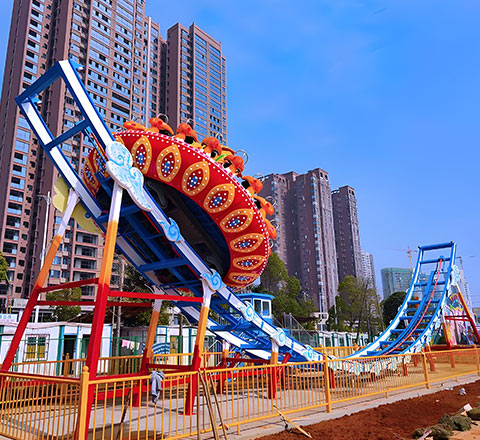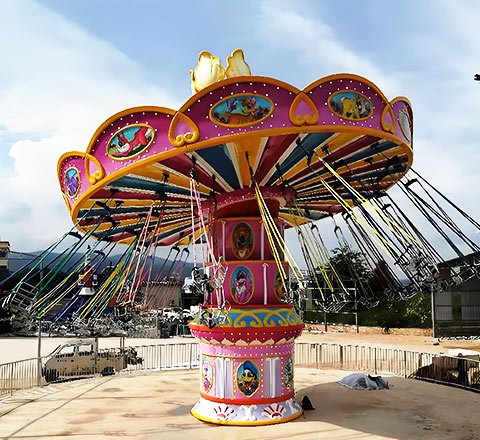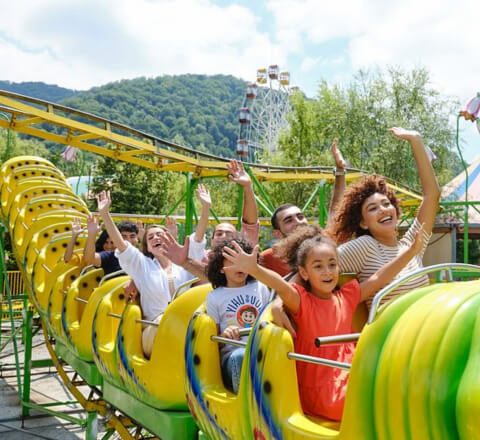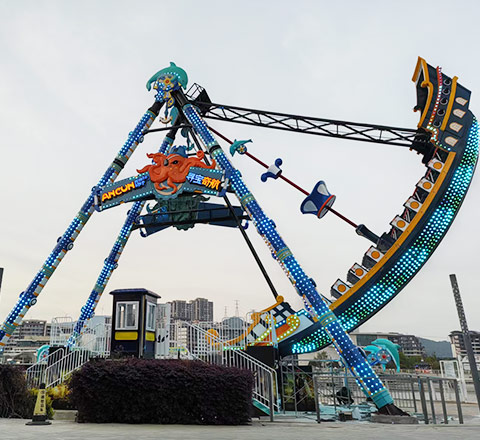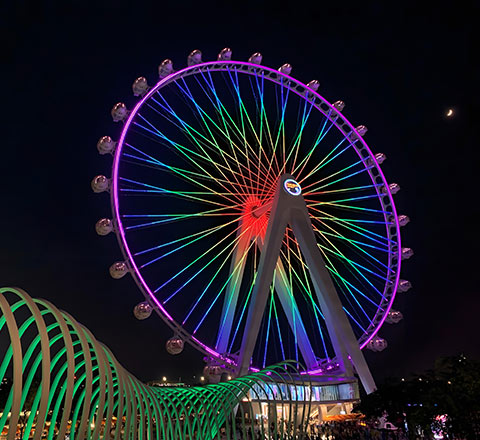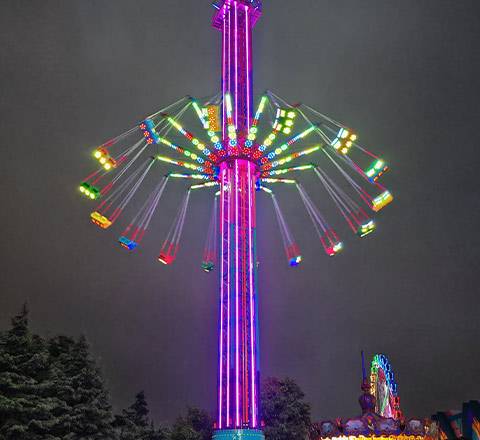Is there anything quite like the thrill of ascending slowly in a Ferris wheel gondola, the world shrinking beneath your feet as you rise? Ferris wheels have enchanted us for over a century, blending gravity-defying engineering with nostalgic charm. But what’s really going on behind those spinning spokes and glittering lights? Let’s unravel the magic—and the mechanics—that make Ferris wheels work and make them an enduring icon of amusement parks worldwide.
The Engineering Core: How does the Ferris wheel work?
At first glance, a Ferris wheel seems deceptively simple: a giant rotating wheel with seats attached to its rim. Yet, what looks like a gentle spin is actually the result of intricate engineering and precision design.
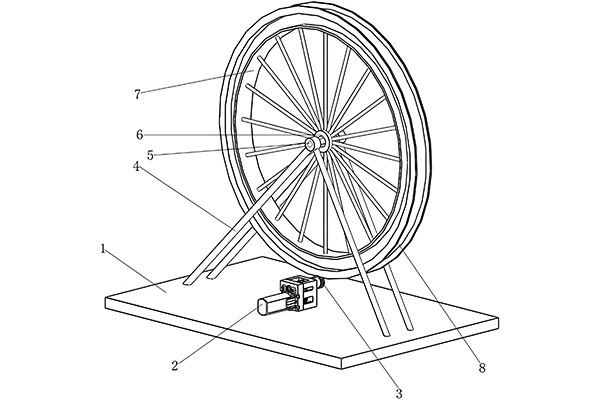
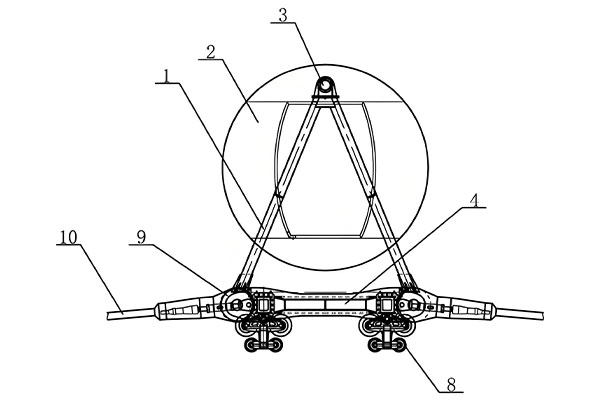
Key Ferris Wheel Components
| Component | Description |
| Central Axis & Support Structure | A horizontal shaft supported by massive steel frameworks that bear the load. |
| Drive System | Electric motors, gearboxes, and pulleys ensure smooth rotation. |
| Gondolas & Suspension | Gondolas pivot on fixed points, staying upright due to pendulum suspension. |
These components work together to ensure the Ferris wheel rotates smoothly and safely.
Fascinating Physics
A Ferris wheel’s rotation is a delicate balance of forces:
- Centripetal Force: Keeps the gondolas moving in a circle rather than flying off at a tangent.
- Gravity: Ensures the gondolas hang downwards, keeping passengers safe.
- Load Distribution: Engineers use advanced modelling to ensure the structure can withstand wind, weight, and even seismic events.
It’s fascinating how well-engineered wheels can withstand even hurricane-force winds when properly anchored.
Industry Data & Statistics: The Modern Ferris Wheel Landscape
The Ferris wheel industry has seen rapid growth and innovation, especially over the past decade. According to Technical Park:
| Data Point | Value |
| Global Market Size | $45 billion in 2023 |
| Ferris Wheels Market Share | 12% of the global amusement ride market |
| Number of Mega-Wheels (100m+ height) | More than 30 worldwide |
| Safety Record | Incidents in <0.0002% of rides globally |
These statistics highlight the importance and growth of the Ferris wheel industry, showcasing how it continues to be the most popular amusement rides worldwide.
Three Major Trends Shaping Ferris Wheel Engineering
The Ferris wheel industry isn’t just spinning in place. Here are three significant trends shaking things up:
- Record-Breaking Heights: New “world’s tallest” Ferris wheels regularly emerge, such as the Dubai Eye (Ain Dubai), which stands at 250 meters.
- Smart Technology Integration: Modern Ferris wheels are adopting IoT sensors, real-time data monitoring, and automated safety checks.
- Sustainability Initiatives: Ferris wheels are increasingly using eco-friendly materials and energy-efficient systems, with some even using solar or wind power.

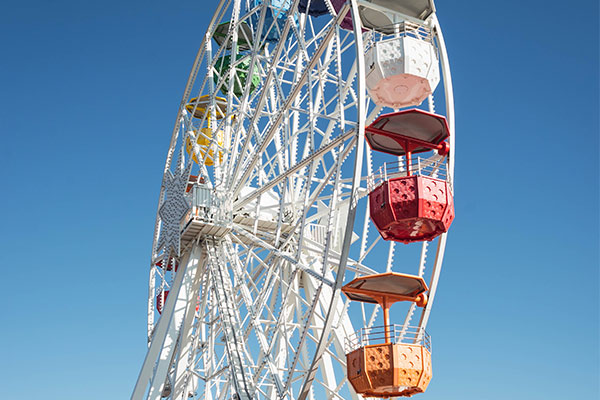
Practical Applications and Best Practices
So, what does all this mean for park operators, engineers, or even city planners? Here are some practical tips for working with Ferris wheels:
- Routine Inspections: Schedule daily, weekly, and annual inspections.
- Weather Monitoring: Install wind and seismic sensors. Many modern wheels automatically stop in high winds.
- Passenger Comfort: Use climate-controlled cabins, especially on mega-wheels.
- Accessibility Features: Ensure cabins are accessible to disabled guests.
- Staff Training: Regularly train staff for normal operations and emergency procedures.
- Sustainability: Opt for LED lighting, energy-efficient motors, and renewable energy sources.
These practices ensure the wheel remains a trusted, long-lasting attraction.
Case Study: The London Eye – A Modern Marvel
Opened in 2000, the London Eye quickly became one of the UK’s top tourist attractions. Here’s why:
| Feature | Details |
| Height | 135 meters |
| Support Structure | Uses an A-frame support and tensioned cables, similar to a bicycle wheel. |
| Smart Systems | Real-time monitoring ensures all components, from cabin climate to drive motors, operate flawlessly. |
| Sustainability | Recently switched to 100% renewable energy. |
The London Eye remains a global icon, showcasing a perfect blend of safety, innovation, and sustainability.
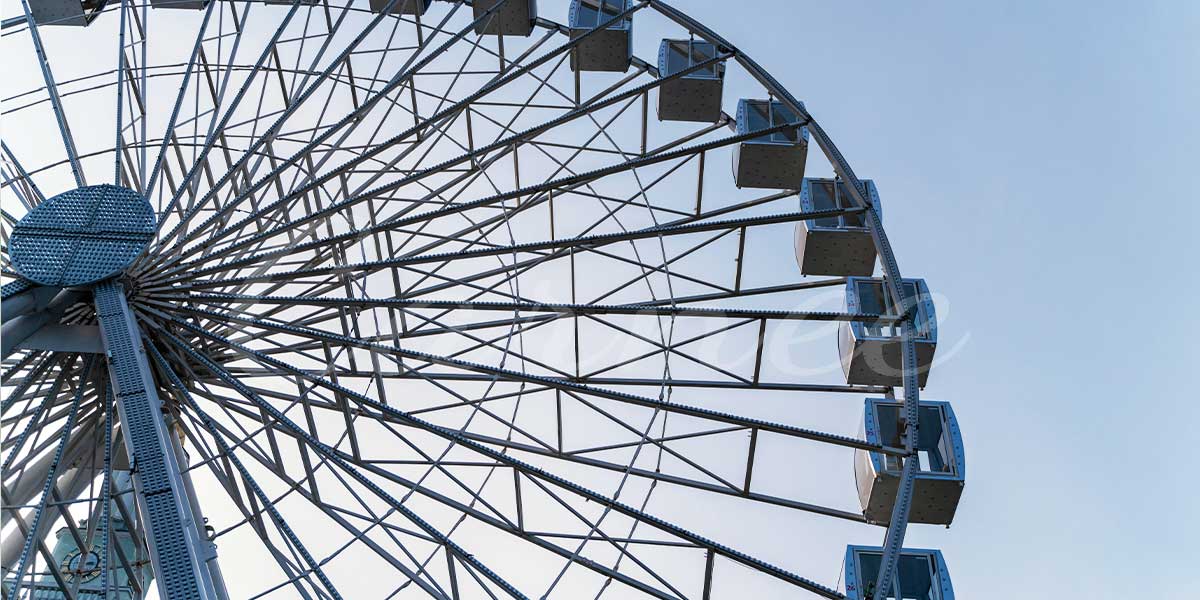
Key Takeaways and Action Steps
Feeling inspired? Here’s a quick recap—and some steps you can take, whether you’re in the industry or just an aficionado:
- Ferris wheels are marvels of engineering, balancing forces and materials to create a safe, magical experience.
- The industry is trending towards greater heights, smarter technology, and sustainability.
- Best practices—like rigorous inspections, weather monitoring, and inclusivity—are essential for successful operation.
- Exemplary wheels like the London Eye prove that innovation and safety can go hand in hand.
If you’re considering investing in or operating a Ferris wheel, start by prioritising both safety and sustainability. And if you’re just a fan? Next time you ride, pause for a moment and marvel at the magic—and mastery—behind every turn.
For more insights into Ferris wheels, check out our Ferris Wheel FAQ: 20 Common Questions Answered.

